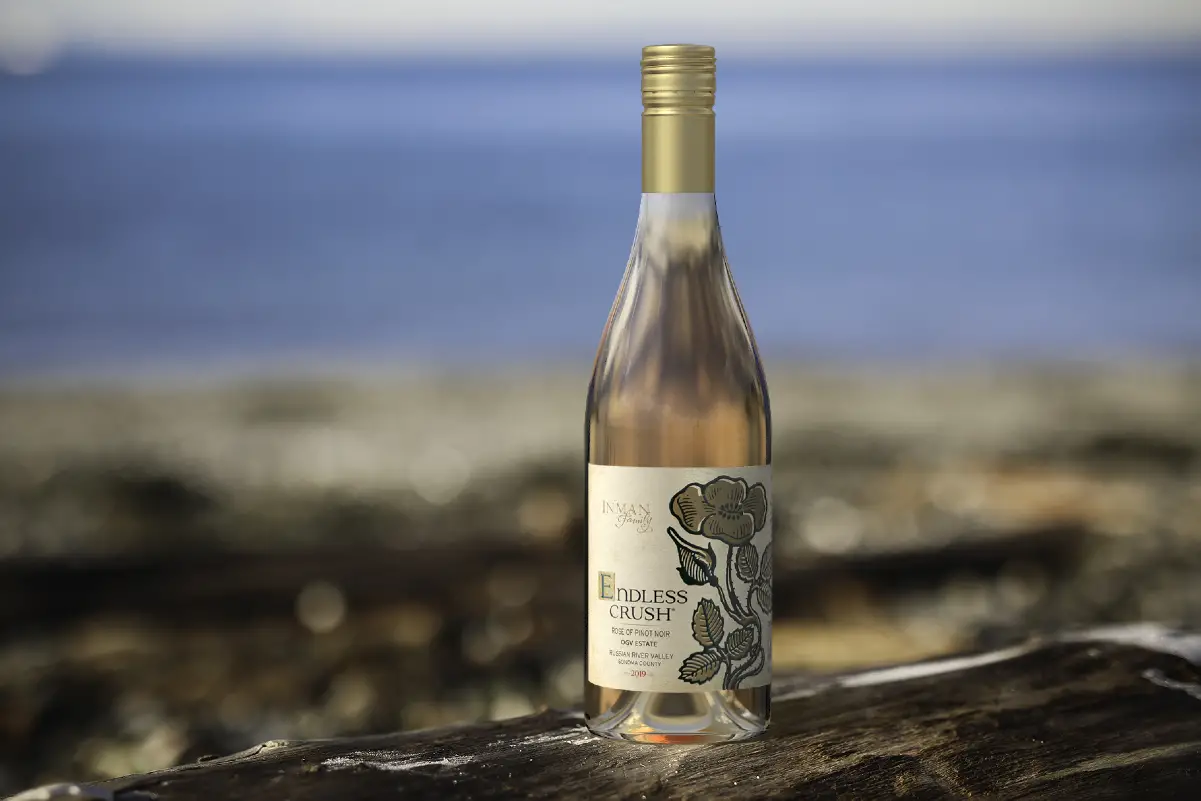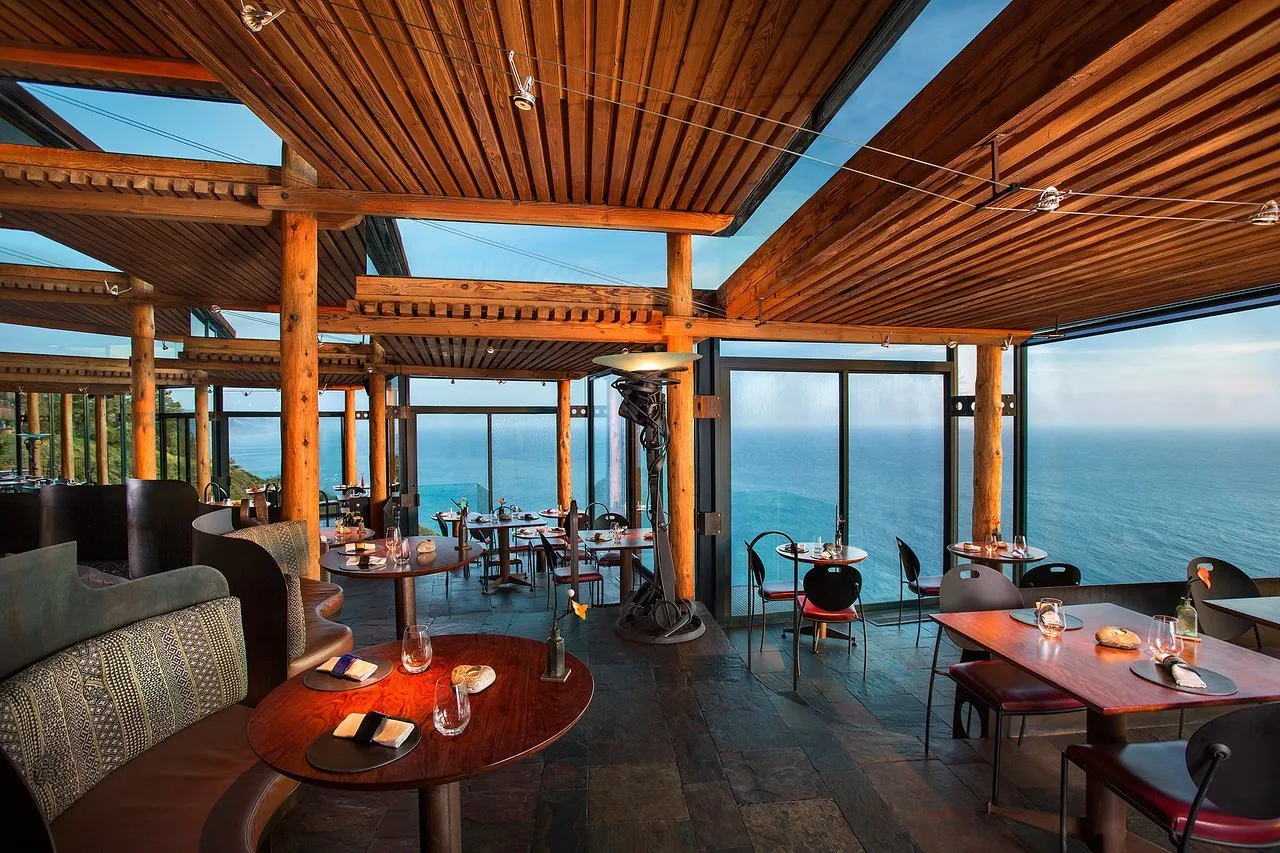If you read my article on Ehlers’ Rosé—made from Cabernet Sauvignon and Cabernet Franc—then you may recall my affection for new world rosés. Yes, the classic Provence style, driven primarily by Grenache and Cinsault (Syrah and Mouvedre to a lesser degree), will likely reign supreme for a long time—both in terms of market cap and perceived authenticity (what a rosé should taste like in most people’s mind). And in the dog days of summer this style of rosé is usually what I look for too. But rosé as a segment of the wine market is unique in its sheer size and endless possibilities. Remember, you can make rosé out of almost any red varietal—from a single varietal or a blend of several. This is why the number of rosés on the shelf of your local wine merchant has probably grown over the years. They are everywhere and constantly evolving.
One varietal that has proven to work well for rosé is Pinot Noir. However—and this is key—it depends on the region. You don’t see many rosés coming out of the Côte-d’Or in Burgundy, for example. Yet this region is world famous for Pinot Noir. So why so few rosés? Rosé needs very ripe, bright fruit to achieve the kind of flavor profile that people have become accustom to—in my opinion. That’s not to say some earthiness is not also a key factor in making quality rosé. Provence has both, but it’s the warm climate in the south of France that is paramount. When I think of wine regions of the world that have the kind of soil to grow world-class Pinot Noir but also have plenty of sunshine, California and Oregon come to mind above all other regions. Particularly California.
Inman Family Wines
Established in 2000 with the planting of their Olivet Grange Vineyard in the heart of the Russian River Valley, Inman Family Wines is the result of Kathleen Inman’s love of Pinot Noir and the soil that produces it. Since her first small vintage in 2002, she has been an ardent supporter of non-interventionalist winemaking practices, ignoring the critically acclaimed riper-style and leading the movement towards more subtle, nuanced wines with a sense of place.
The 2019 Endless Crush Rosé of Pinot Noir, OGV Estate
The 2019 Endless Crush Rosé of Pinot Noir, OGV Estate is no exception to these practices and reflects the winery’s success with “intentional” or “direct-to-press” rosés. Some rosés are made as a by-product of red wine by bleeding off some of the juice early in the production process to create a higher ratio of skin to juice, which concentrates the resulting wine. Whereas rosés made “intentionally,” rather than simply by drawing off the free run juice, tend to have greater complexity and structure because the entire grape is used.
As you might expect this wine has flavors of a classic rosé as well as the alluring, delicate flavors of a premium Russian river Pinot Noir. Strawberries and raspberries intermingle with stone fruits (peach and apricot)—held up with great minerality. This wine is indeed a result of the “direct-to-press” approach with good complexity and layers of flavor that last a while on the finish.




